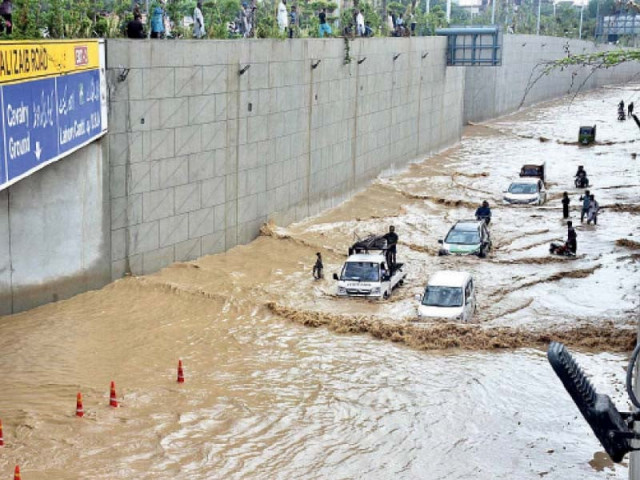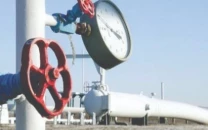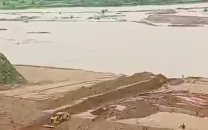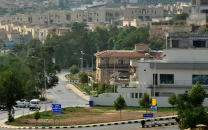Over 120 dead in six weeks in torrential rains across Punjab
Ongoing monsoon spell to persist intermittently till Aug 27: PDMA

Over 120 people have died in Punjab during the past six weeks as torrential rains and flash floods swept through rural and urban settlements, according to official figures.
The Provincial Disaster Management Authority (PDMA) said the ongoing monsoon spell is expected to continue intermittently until August 27, bringing risks of riverine floods, urban flooding and waterlogging in low-lying areas.
Nationwide, more than 700 people have lost their lives and nearly 1,000 others have been injured in rain-related incidents since the start of the season, including women and children.
In Punjab alone, 54 fatalities were reported in the first half of July, with the toll rising steadily in recent days.
Read: Sutlej River on flood alert as water levels rise
The floods have caused severe damage to housing infrastructure. At least 123 houses have been destroyed in Punjab, while dozens more have been partially damaged. More than 2,000 families have been displaced and are being sheltered in temporary camps and emergency facilities.
Hundreds of acres of standing crops have also been washed away, inflicting significant losses on farmers.
The PDMA reported high flood levels in the Sutlej River at Ganda Singh Wala and a medium flood at Head Sulemanki. The Chenab River is also swelling rapidly, threatening low-lying districts including Gujrat, Sialkot and Narowal.
Meanwhile, the Indus River at Tarbela remains at low flood levels, though authorities warned water releases may be required if rainfall continues, as the reservoir is already at full capacity.
Across the border, India’s Bhakra, Pong and Thein dams are nearing maximum storage capacity. The Indian High Commission has also warned of high flood levels in the Tawi River, which experts caution could directly impact the Chenab River and adjoining districts of Punjab.
Punjab’s Relief Commissioner and PDMA Director General have directed all relevant departments to remain on high alert.
Agencies, including WASA, Rescue 1122, district administrations, local government, agriculture, irrigation, health, livestock and transport departments, have been mobilised.
Machinery and staff are deployed in vulnerable areas for water drainage, while flood relief camps continue to provide shelter and essential supplies to displaced families.





















COMMENTS
Comments are moderated and generally will be posted if they are on-topic and not abusive.
For more information, please see our Comments FAQ